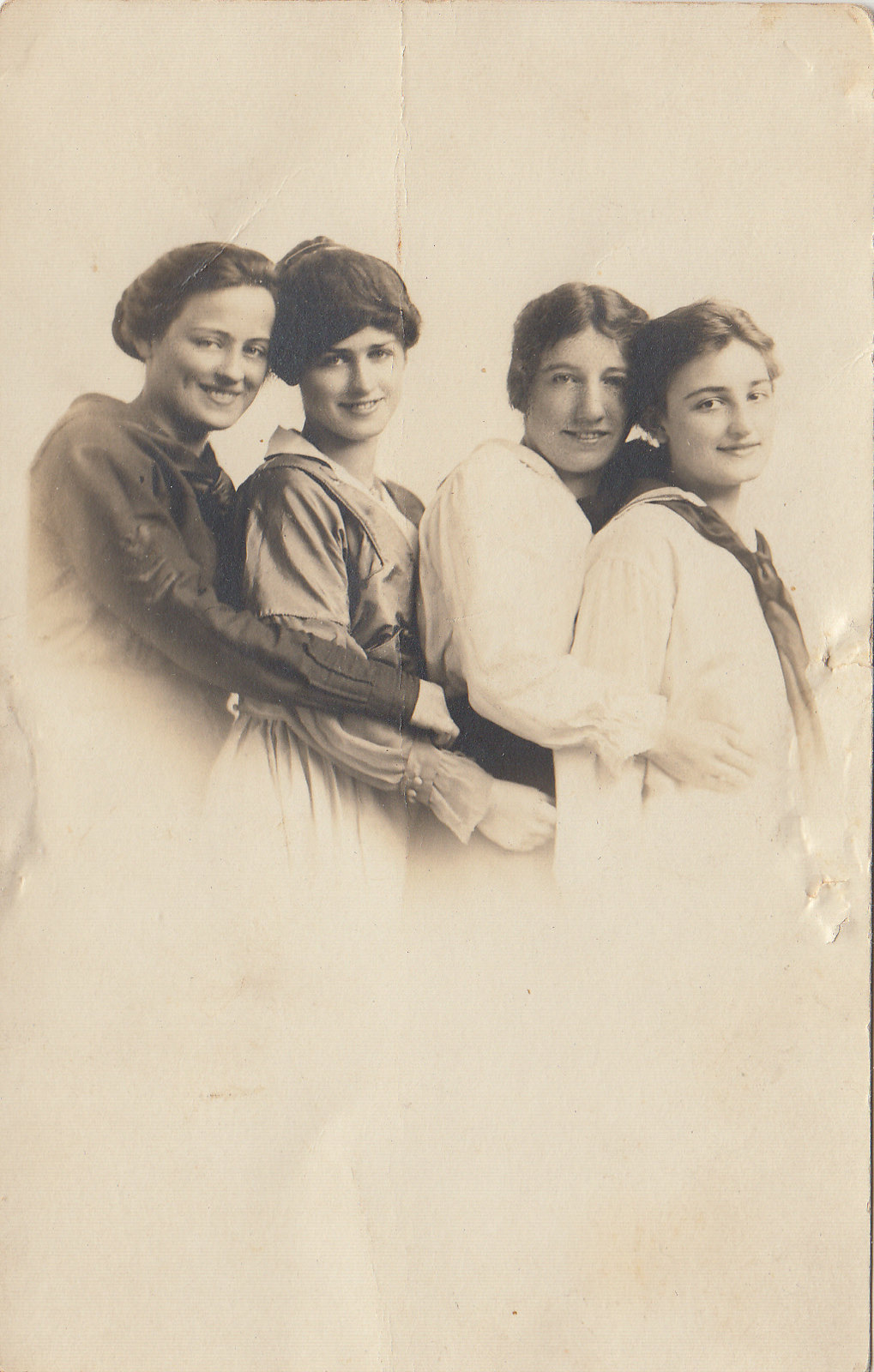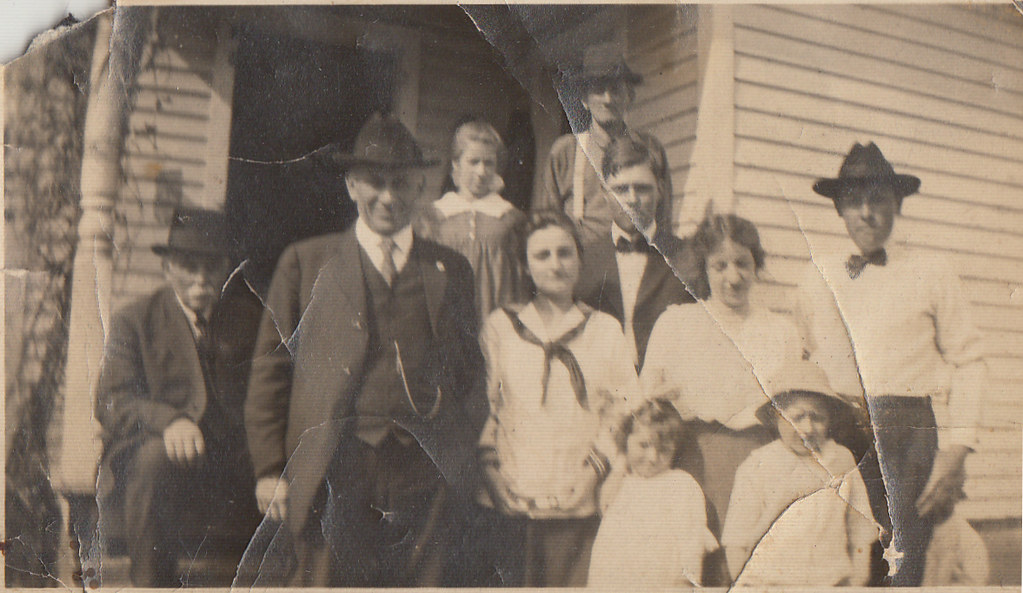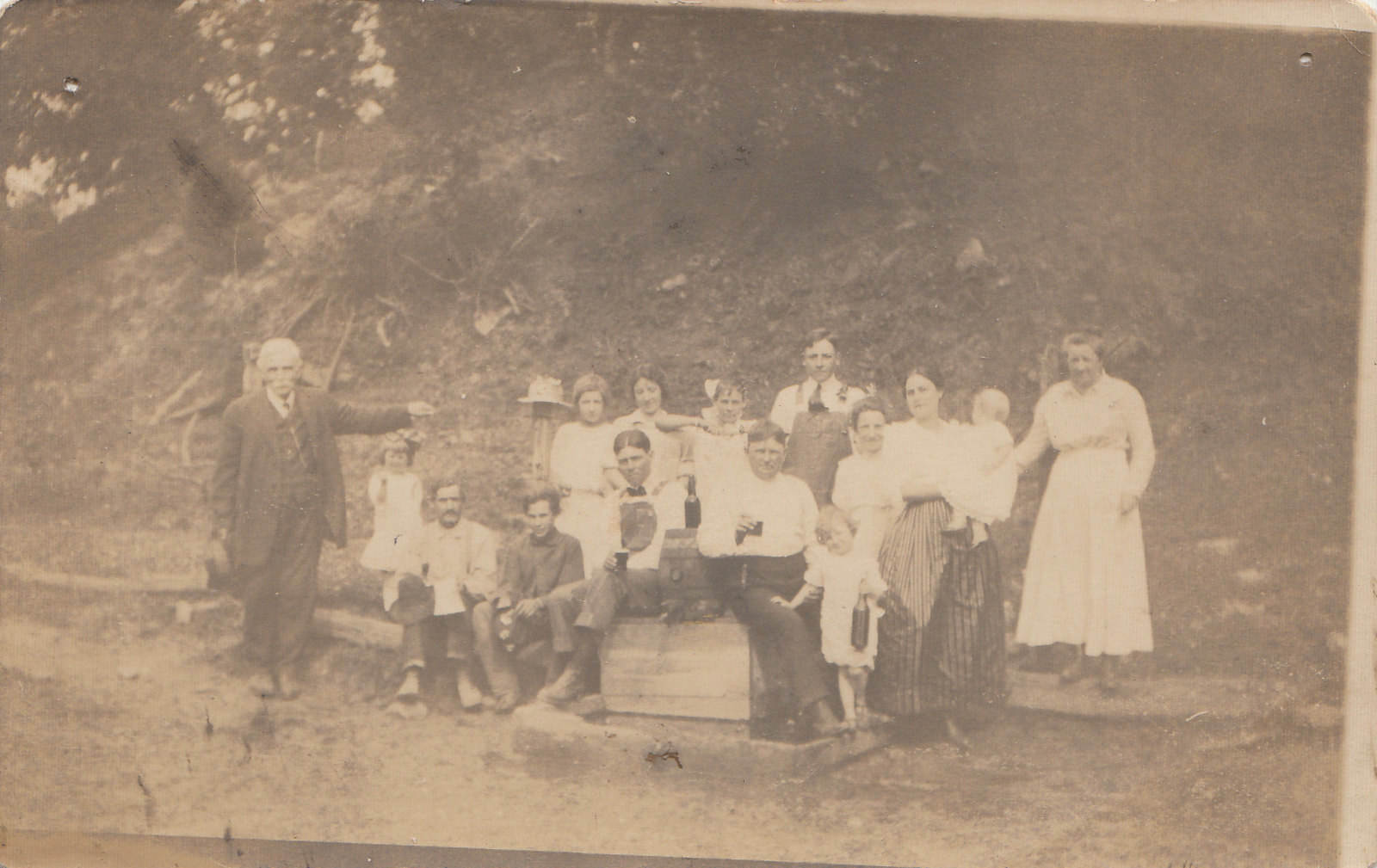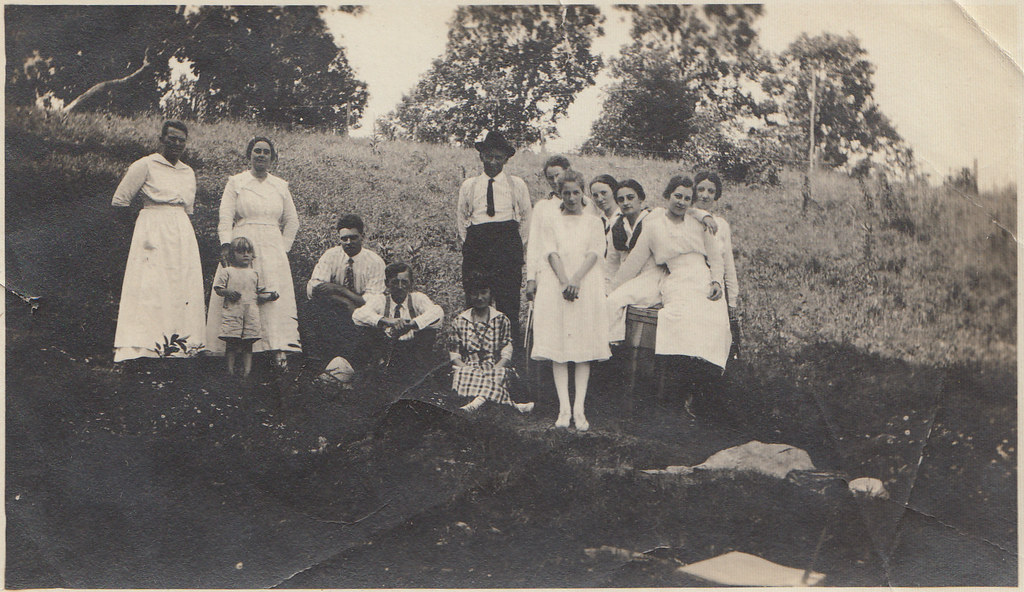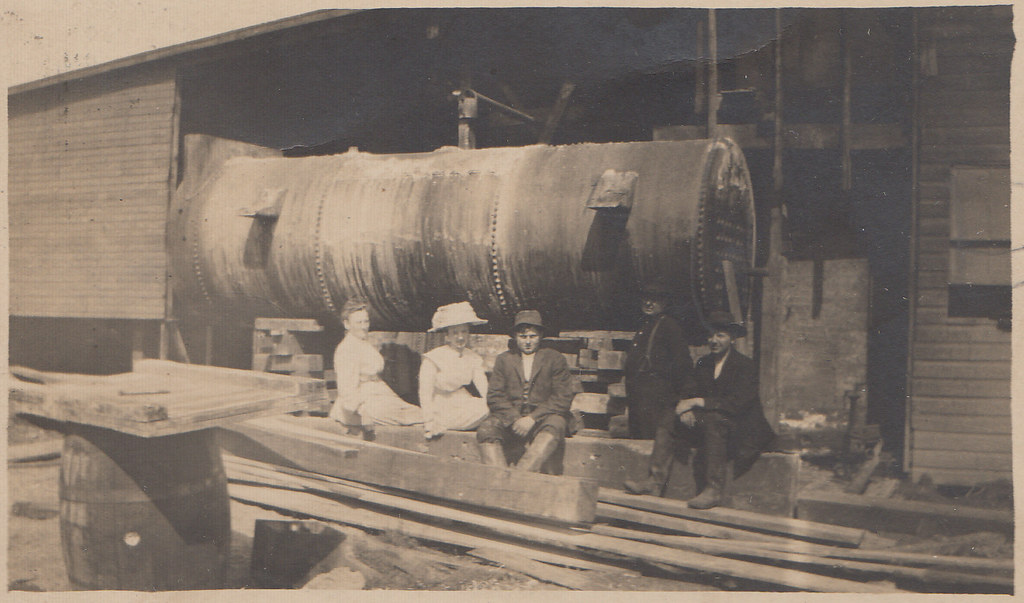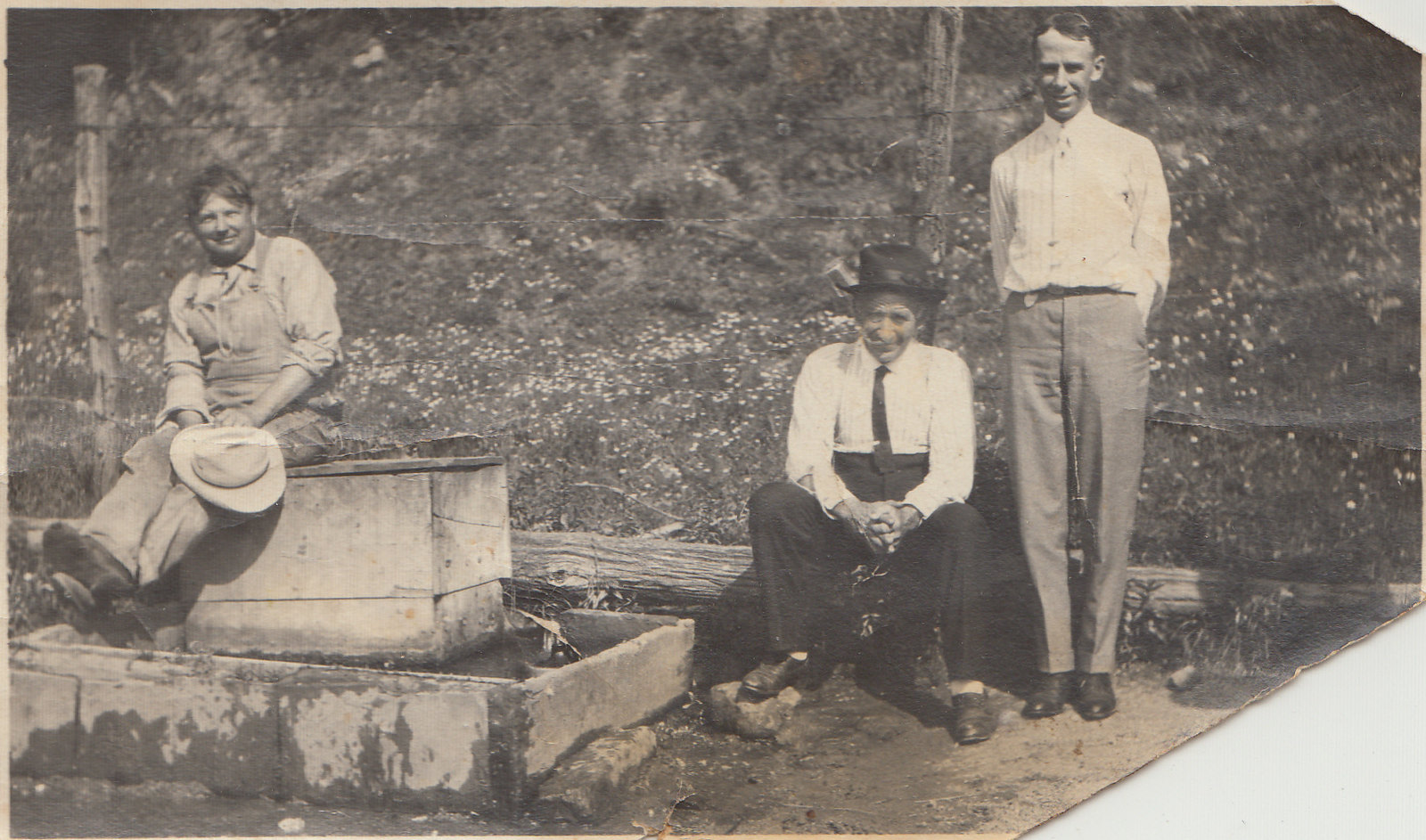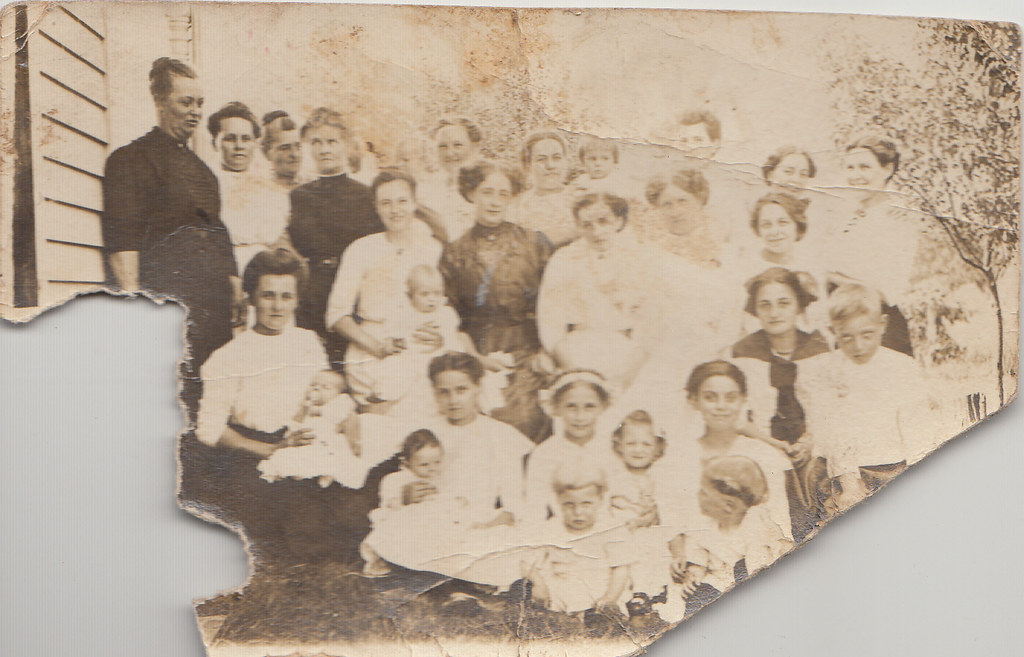QUICK LINKS TO TAKE ACTION AGAINST LRB-2890:
- Write to the involved parties. Some excellent lists of names and addresses have been compiled here and here. (Wisconsin residents should especially write to their local senator and representative!)
- Sign the petition.
- Take part in the Save the Mounds rally in Madison, WI on 12 January 2016.
- If you can't come to the rally, you can still participate in the social media blast.
MY TAKE ON THE PROPOSAL:
Wisconsin burials are being threatened by the proposed Bill LRB-2890/2015 Assembly Bill 620, an “amendment” to the current Burial Sites Act that turns the original intent of the act on its head. There is still time to make a difference, if readers like YOU contact your elected officials and the bill’s sponsors. Wisconsin residents, find your Senator and Representative here. The men behind the bill are Senator Chris Kapenga (District 33) and Representative Robert Brooks (District 60).
Current Wisconsin law protects burials thusly: The Director of the historical society maintains a catalog of burial sites which are “likely to be of archaeological interest or areas likely to contain burial sites” (Section 2b) and that “No person may intentionally cause or permit the disturbance of a cataloged burial site or the cataloged land contiguous to a cataloged burial site without a permit from the director issued under this subsection” (Section 5). (Wisconsin Statutes, 157.70 Burial sites preservation.) (Not that I like to see any exceptions, but it does at least acknowledge that burials exist and provide for reinterment.)
The proposed changes include a clause that would allow destruction of sites that fail to establish “that human remains are present in the burial site through written historical records corroborated by the results of ground-penetrating radar, other imaging technology, or archaeological excavation and examination” (emphasis mine). Not only could the site be destroyed, but it would also be erased from the state catalog as if it had never existed: if human remains are not proven by the above criteria, “the director shall remove the burial site...from the catalog.” (2015-2016 Legislature, Bill LRB-2890)
Beyond the disappointing fact that the protection of effigy mounds is up for debate at all, regardless of burial status, the proposed bill is also troubling for “white men’s” cemeteries. If an above-ground earthen construction alone is not enough to assure protection, then a straggly group of headstones in the middle of a field could be targeted, too. Even a 100-year-old burial may have decomposed beyond recognition by the above methods--does that mean the person buried there has ceased to matter, has ceased to be worth remembering?
Burial sites are a poignant reminder of those who have come before us. When we stand at the grave of an ancestor, do we consider the state of decomposition of their earthly remains and coffin? It is more common to consider their life. Thus, burial sites are a continuous link to the past, to learn from or meditate on. The demeaning of burials, like LRB- 2890 seeks to do, is an affront to the living and the dead. It removes that part of our culture that respects our forefathers and remembers their contributions. Without these physical anchors to our past, we become dependent on ourselves for all the answers--without respect for history, there is no learning from it.
Regardless of what burials mean to the living, the dead themselves may have anticipated perpetual burial, due to tradition and/or rules of religion, and would be taken aback to find that their memorial was at risk of destruction. The religious significance of burials cannot be downplayed, as the rites of burial may have included the rule of a perpetual grave. On the secular end of the spectrum, it is common to hear in burial planning, “This is where I want to spend eternity.” Rather than a respect for corporeal remains based on a belief system, this is a companion cultural view that where an individual’s body is buried is the literal location of that individual until the end of time. Regardless of religious tendencies, our American culture has an inherent belief in the endurance of burials.
Don’t delay. Write to your officials today, and read more about Wisconsin’s effigy mound and burial site laws, and discussion of the topic, at the links below.
MORE INFORMATION:
- Wisconsin State Journal article
- Official Bill 620
- Comparison of existing vs. proposed changes
- Response from Wisconsin Archaeological Survey
- Save the Mounds
- Ho-Chunk Nation Facebook page
- Effigy Mound Initiative Facebook group
- Ancient Earthworks Society of Wisconsin Facebook group
- WisconsinHistory.org - Human Burials, Mounds and Cemeteries and State Law

